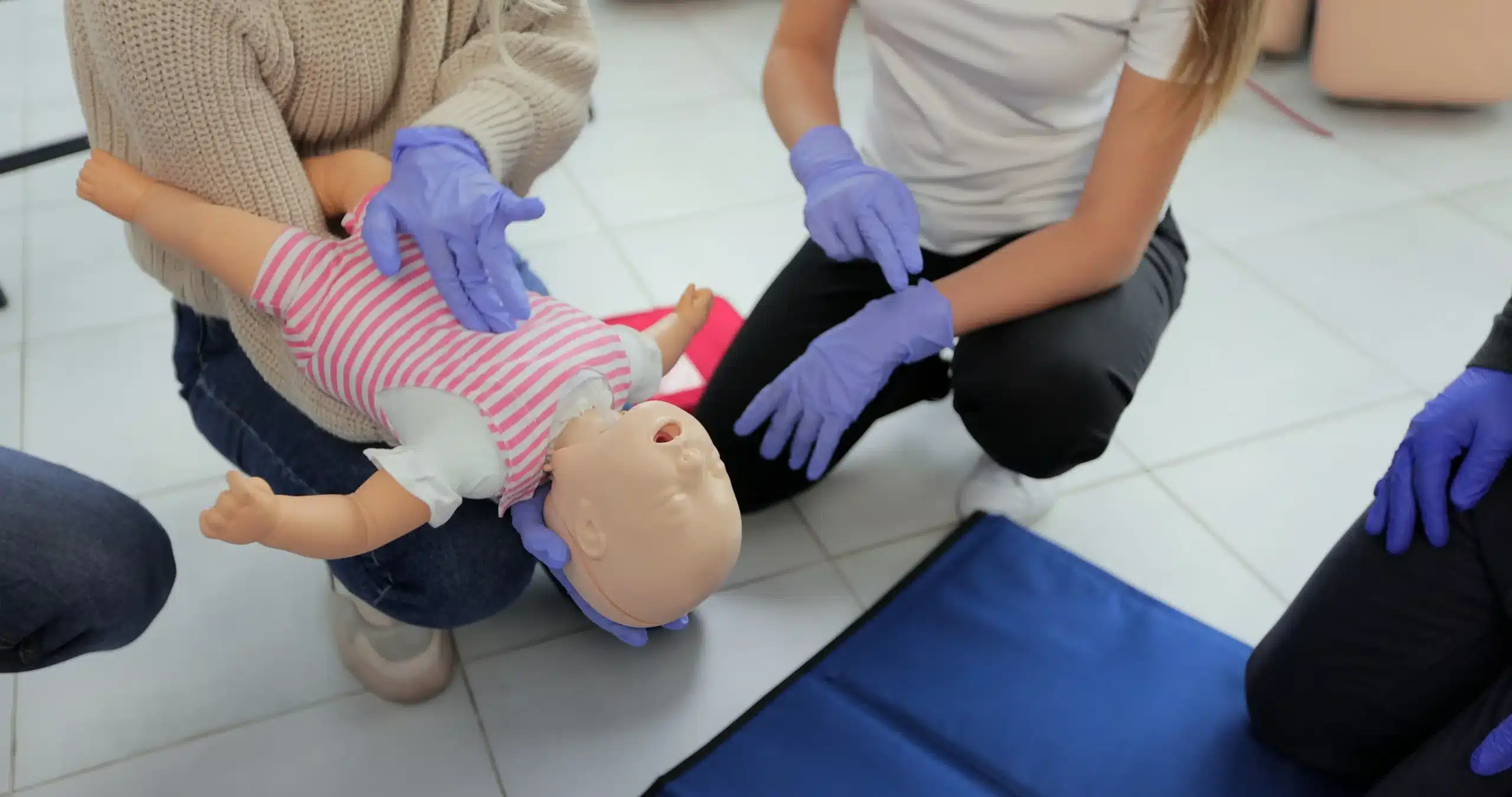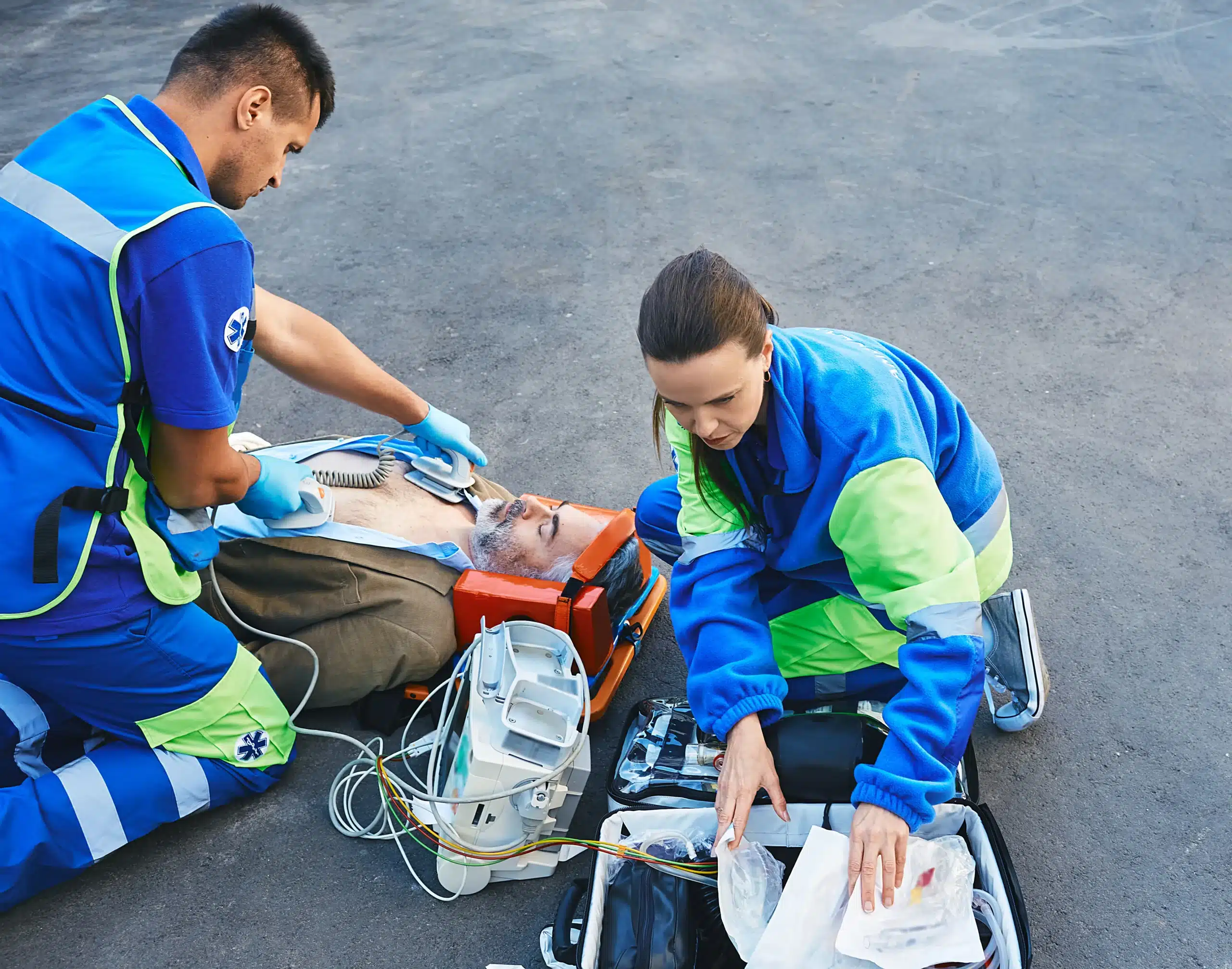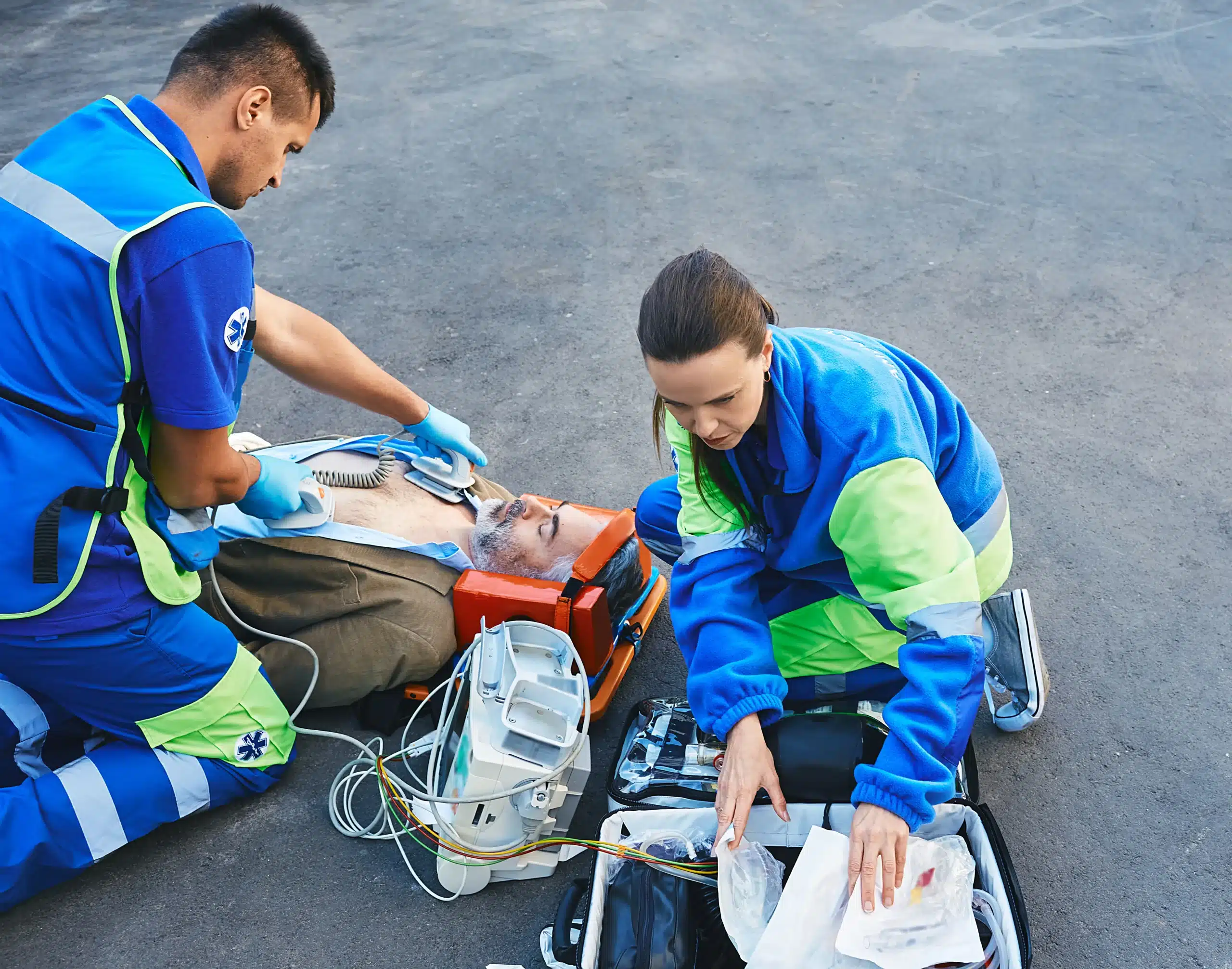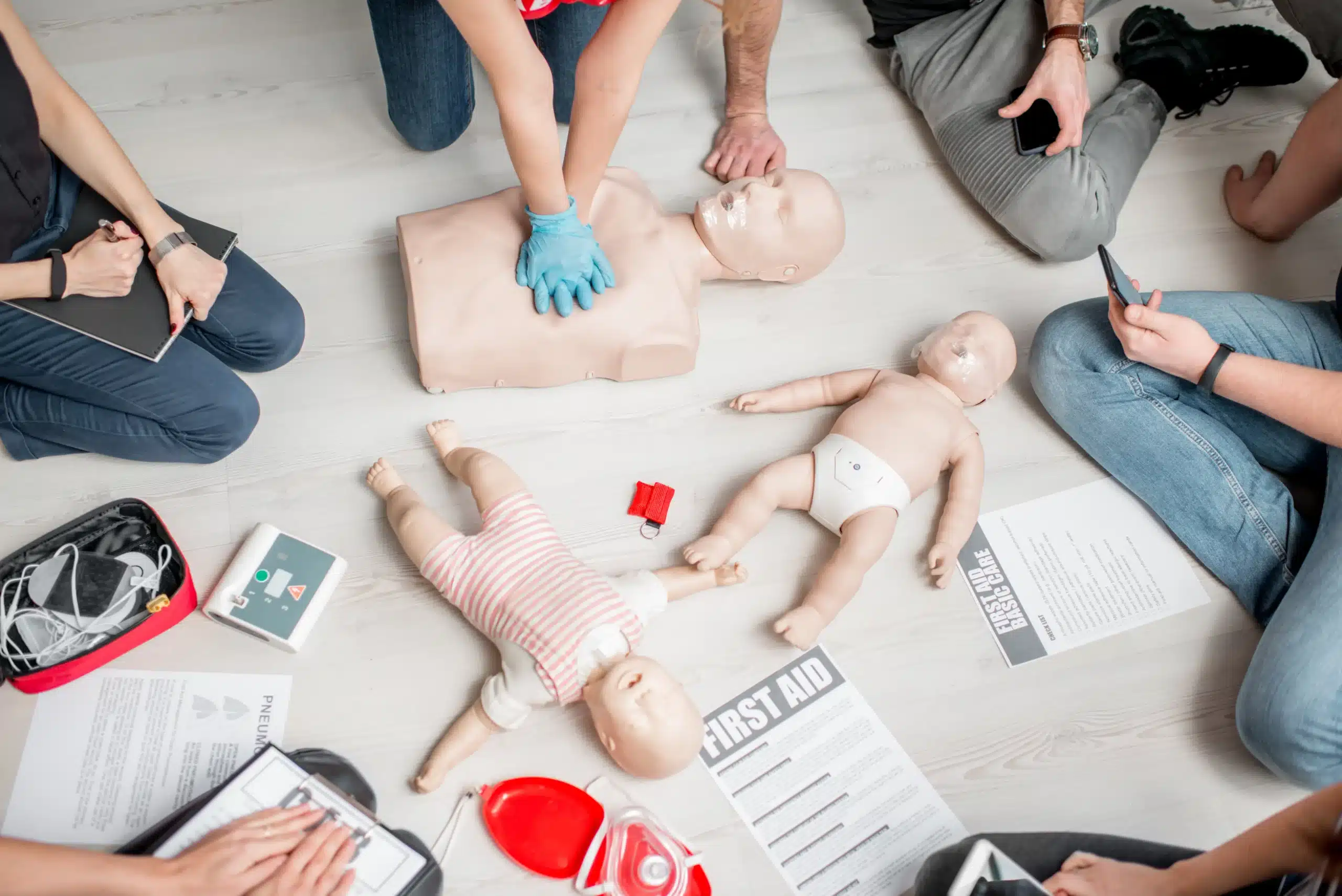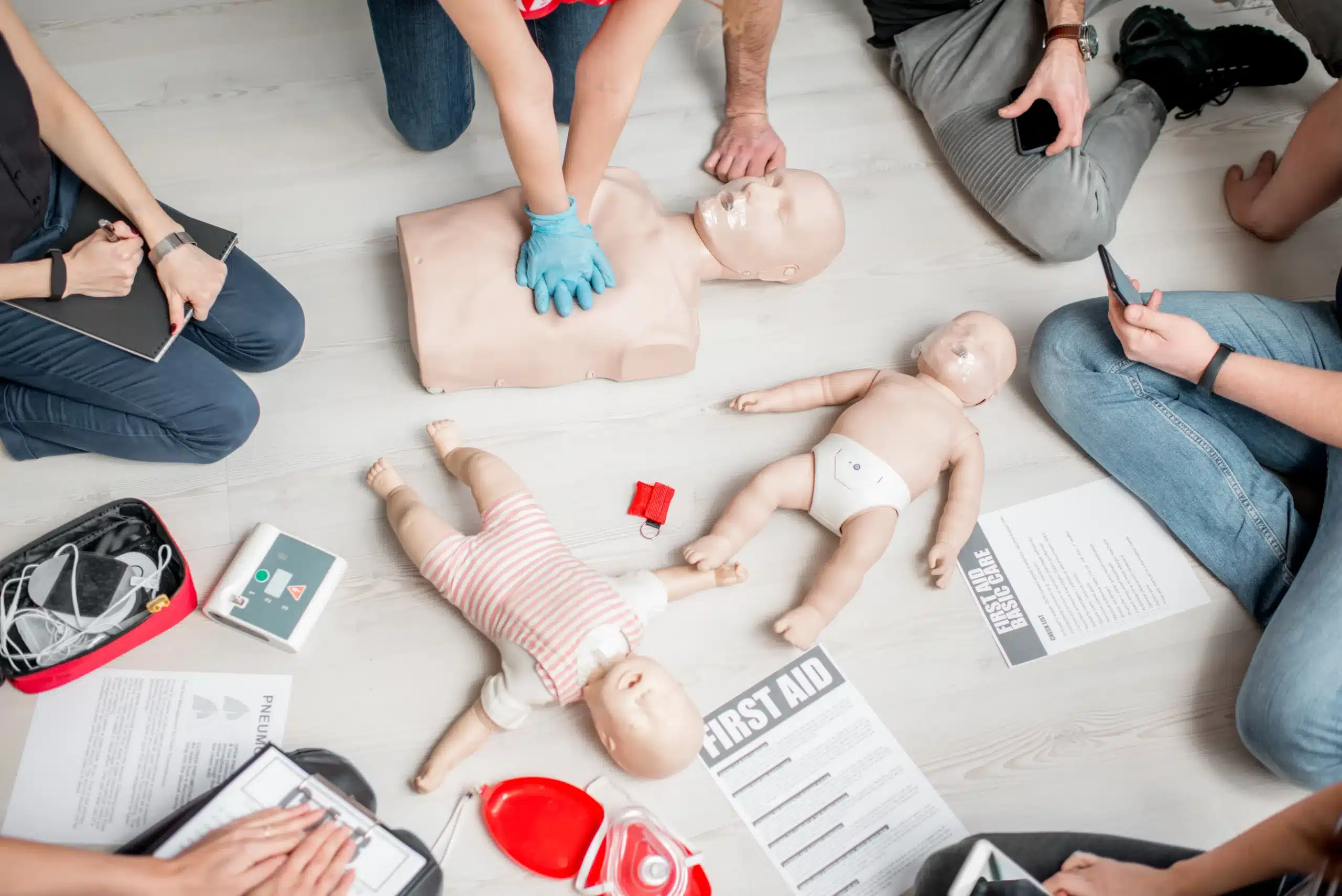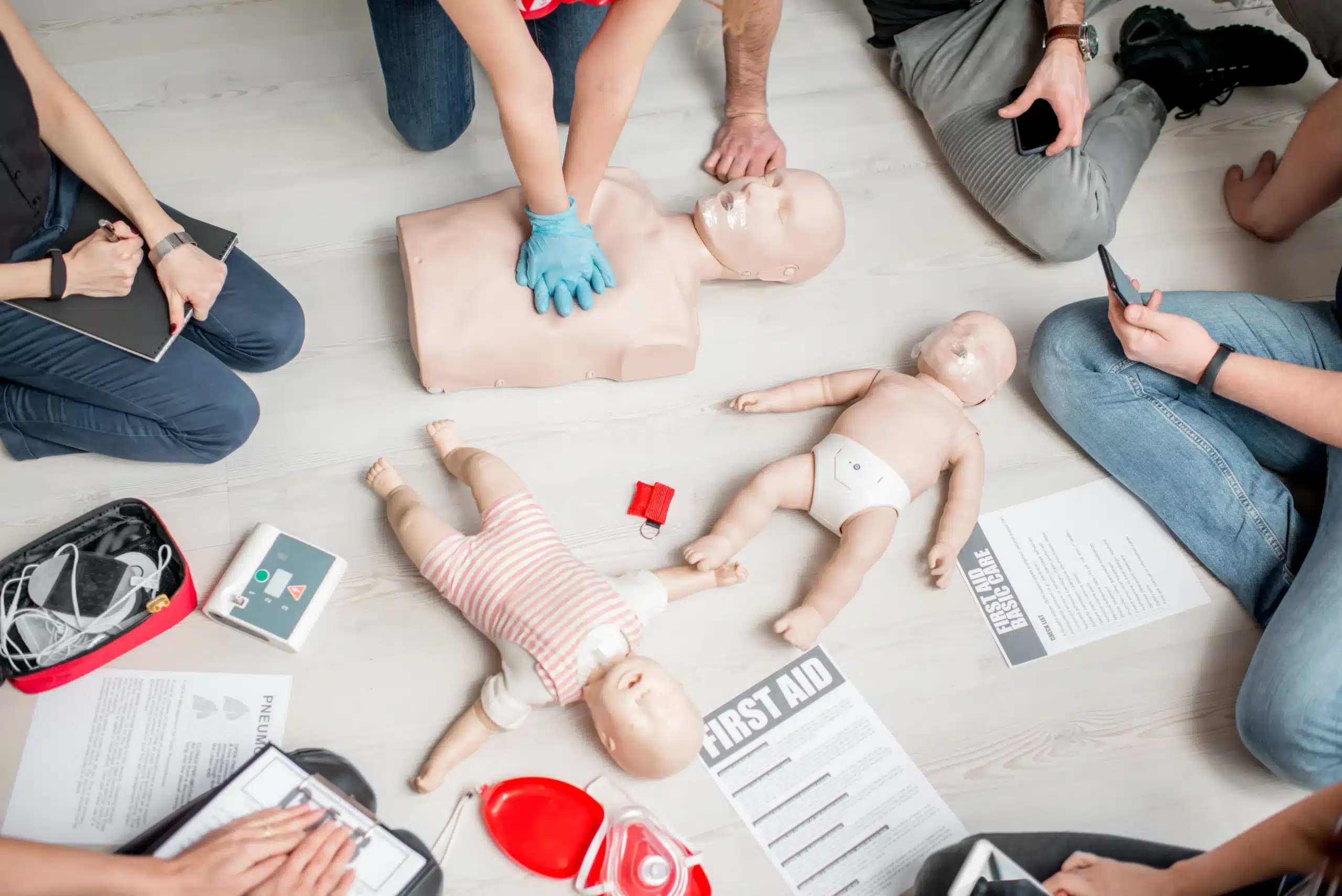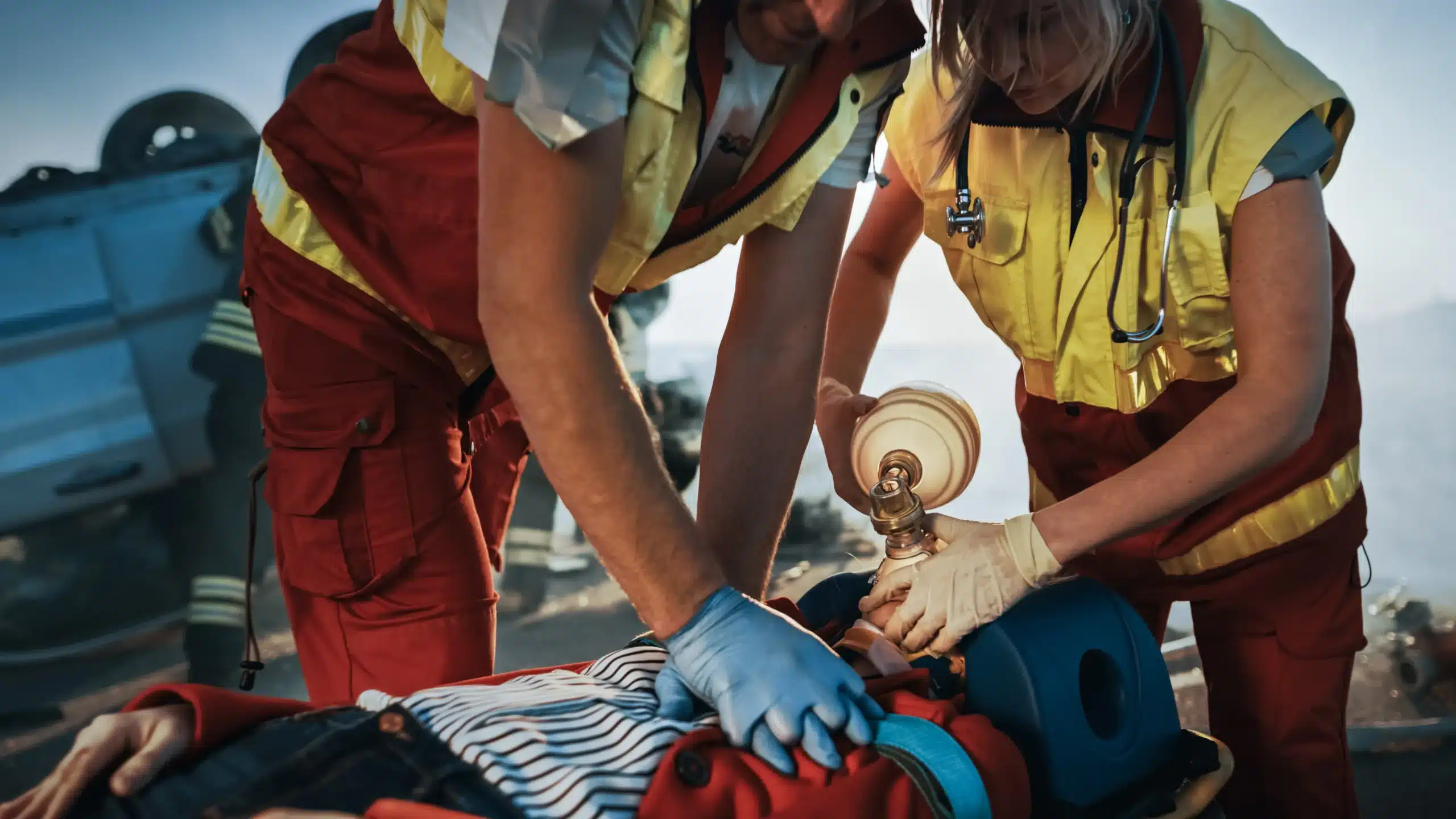Empowering yourself with CPR skills means you’re prepared to handle emergencies and potentially save a life. This comprehensive guide simplifies everything you need to know about CPR training. We’ll explore the different types of CPR courses, discuss who should consider getting certified, and explain how CPR skills can make a real difference. We’ll also help you find CPR courses near me, walk you through the certification process, and offer tips on keeping your skills current.
Key Takeaways
- CPR skills are essential for everyone: From healthcare providers to parents, understanding CPR and the various course types can empower you to respond effectively in emergencies. Find the right course based on your specific needs and preferred learning style.
- Select a CPR course strategically: Consider the course format (online, in-person, or blended), cost, and the reputation of the provider. Look for organizations like Safety Training Seminars, which offer various certifications, including BLS, ACLS, and PALS, often with a low-price guarantee.
- Maximize your CPR training: Keep your skills sharp through regular practice and stay up-to-date with the latest guidelines. Share your knowledge with your community to create a network of prepared individuals ready to assist in emergencies.
What are CPR Courses & Why Do They Matter?
CPR courses teach you how to respond to cardiac arrest and other breathing emergencies. These skills empower you to provide immediate assistance, significantly improving someone’s chances of survival. Learning CPR isn’t just about getting certified—it’s about having the confidence to act quickly and effectively in a crisis.
CPR Course Types
CPR training comes in several formats to suit different learning styles and schedules. You can find online courses, in-person classes, or blended learning that combines online instruction with hands-on practice. Blended learning often uses simulation, allowing you to apply your knowledge in realistic scenarios. Safety Training Seminars offers various American Heart Association (AHA) certified courses, including CPR, BLS, ACLS, PALS, First Aid, and EMSA certifications. Understanding the different types of CPR classes helps you choose the best one for your needs.
Who Needs CPR Training?
CPR skills are valuable for everyone, but some professions require this training. CPR and First Aid certifications are often mandatory for childcare providers, teachers, coaches, and construction workers. Healthcare professionals, including nursing students, benefit from CPR training as it provides essential lifesaving skills. CPR training isn’t just for professionals—parents, grandparents, and anyone who wants to be prepared for emergencies can also take these courses.
How CPR Skills Save Lives
Learning CPR can be the difference between life and death. Studies show effective CPR can double or even triple a person’s chance of surviving cardiac arrest. When more people in a community know CPR, it creates a network of potential lifesavers, improving community preparedness and safety. Local initiatives often work with training providers to offer more CPR education and build more resilient communities.
Find the Right CPR Course
Now that you understand the importance of CPR training, let’s explore how to find the perfect course for you. Several factors deserve consideration, from the type of course and cost to the reputation of the training provider.
Choosing a Course: What to Consider
When selecting a CPR course, it’s essential to understand the different types of CPR classes available. Do you need Basic Life Support (BLS) certification for your healthcare career? Or are you a parent looking for a more general first aid course that includes CPR? Understanding your specific needs will guide you toward the right training. Think about whether you need certification for a specific job or are simply seeking knowledge for personal preparedness. Also, consider the format—online, in-person, or blended learning—that best suits your learning style and schedule.
Costs & Discounts
CPR course costs vary depending on the level of training and the provider. Basic CPR certification might cost around $50 to $150, while more advanced certifications like ACLS (Advanced Cardiovascular Life Support) or courses that include comprehensive first aid training might be more. Look for providers, like Safety Training Seminars, that offer a low-price guarantee or group discounts, especially if you’re coordinating training for a group or workplace. CPR Select, for example, provides group CPR training, offering a cost-effective solution.
Reputable CPR Trainers
Choosing a reputable training provider is crucial for receiving high-quality instruction and valid certification. Here are a few well-known organizations:
Safety Training Seminars
Safety Training Seminars offers American Heart Association (AHA) certified courses in CPR, BLS, ACLS, and PALS, plus First Aid and EMSA certifications, making it a reliable choice for comprehensive training. They also offer RQI classes for convenient certification renewal.
American Heart Association
The American Heart Association provides a variety of CPR and First Aid training programs, including resources for schools and communities.
American Red Cross
The American Red Cross offers various CPR training formats to fit different needs and schedules, from online learning to in-person classes.
National Safety Council
The National Safety Council provides a range of CPR and first aid training courses designed for various audiences, including workplace training.
What Happens in CPR Training?
CPR training gives you the skills and confidence to respond effectively during cardiac emergencies. Here’s what you can expect during a typical CPR course.
Course Length & Format
CPR courses typically last a few hours to a full day, depending on the certification level. You’ll find options for in-person classes, blended learning (a mix of online and in-person instruction), and online-only courses. Safety Training Seminars offers a variety of formats to suit your schedule. In-person training provides hands-on practice and direct interaction with instructors. Blended learning offers some flexibility, while online-only courses offer the most convenience. Keep in mind that online-only CPR courses may not meet all workplace requirements, so check with your employer or licensing board. The cost of CPR certification varies but generally includes training materials, instructor fees, and the certification exam.
Essential Skills You’ll Learn
In a CPR class, you’ll learn the core skills needed to assist someone experiencing cardiac arrest. This includes recognizing the signs of a heart attack, performing chest compressions, giving rescue breaths, and using an automated external defibrillator (AED). Most courses cover CPR procedures for both adults and children unless specified otherwise, like our EMSA Child Care Health & Safety course. Many training providers, including Safety Training Seminars, offer refreshers and printable resources to help you retain these vital skills. You can also explore our RQI classes for ongoing training and skill maintenance.
Certification: Process & Validity
After successfully completing a CPR course, you’ll receive certification. In-person and blended learning courses typically provide a two-year certification from organizations like the American Red Cross and the American Heart Association. These certifications often meet professional licensing and OSHA requirements. Check out our American Heart Association BLS course and ACLS course for comprehensive training options. Remember, online-only courses may offer a certificate of completion, but it might not satisfy all workplace requirements, so it’s always best to verify.
Renewing Your Certification
CPR certifications are typically valid for two years. To maintain your skills and keep your certification current, you’ll need to take a renewal course before it expires. Renewal classes cover the same core skills and ensure you’re up-to-date with the latest CPR guidelines. Check with your certifying organization or training provider, like Safety Training Seminars, for information on renewal courses and our low price guarantee.
Make the Most of Your CPR Certification
Getting your CPR certification is a fantastic achievement, but it’s not a one-and-done deal. To truly maximize your training, keep your skills sharp, share your knowledge, and actively contribute to creating a safer community.
Keep Your Skills Sharp
CPR guidelines and best practices can change, so staying current is crucial. Regularly review CPR training materials and practice your skills on a mannequin. This hands-on practice builds muscle memory and reinforces the steps you learned in your initial CPR course. Online CPR certifications are typically valid for two to three years, but renewal requirements vary. Check with your provider, like Safety Training Seminars, for specific recommendations.
Share Your Knowledge
Teaching others CPR has a ripple effect, empowering more people to respond confidently in emergencies. Share your skills with family, friends, or colleagues. Community outreach plays a vital role in raising public awareness about the importance of CPR training. Even demonstrating basic CPR techniques or discussing how to recognize the signs of cardiac arrest can make a difference. When sharing your knowledge, remember inclusive training ensures everyone feels empowered to act.
Create a Safer Community
Your CPR certification can contribute to a safer environment. Look for opportunities to get involved in local initiatives that promote CPR training and community preparedness. Many organizations welcome volunteers to assist with training events or awareness campaigns. Supporting public-private partnerships that provide CPR resources and training can also significantly impact your community’s safety. By actively participating, you help create a network of trained individuals ready to respond effectively in emergencies.
Related Articles
- Why CPR is Important in Healthcare
- CPR Training in Pleasant Hill: Your Complete Guide – Walnut Creek CPR Classes
- CPR Training in Walnut Creek: Your Complete Guide – Walnut Creek CPR Classes
- Online CPR Classes in Walnut Creek: Your Complete Guide
Frequently Asked Questions
What’s the difference between CPR and First Aid training?
CPR focuses specifically on life-saving techniques for cardiac and breathing emergencies. First Aid covers a broader range of injuries and illnesses, often including CPR as a component. Think of CPR as a specialized skill within the wider scope of First Aid.
How do I choose the right CPR class for me?
Consider your specific needs and learning preferences. If you need certification for a job, ensure the course aligns with workplace requirements. Think about whether you prefer in-person instruction, online learning, or a blended approach. Also, factor in your schedule and budget when making your decision.
How long does CPR certification last, and how do I renew it?
CPR certifications are typically valid for two years. You’ll need to take a recertification course before it expires to stay current with the latest guidelines. Contact your certifying organization or training provider for details on renewal courses.
What if I’m nervous about performing CPR in a real emergency?
It’s normal to feel apprehensive, but CPR training equips you with the skills and confidence to act. Regularly reviewing the material and practicing on a mannequin can help build muscle memory and reduce anxiety. Remember, any attempt at CPR is better than none.
Are online CPR courses accepted everywhere?
While online CPR courses offer convenience, they might not meet all workplace or licensing requirements. Always check with your employer or licensing board to ensure the online certification is valid for your situation. Some organizations may require in-person skills testing.
